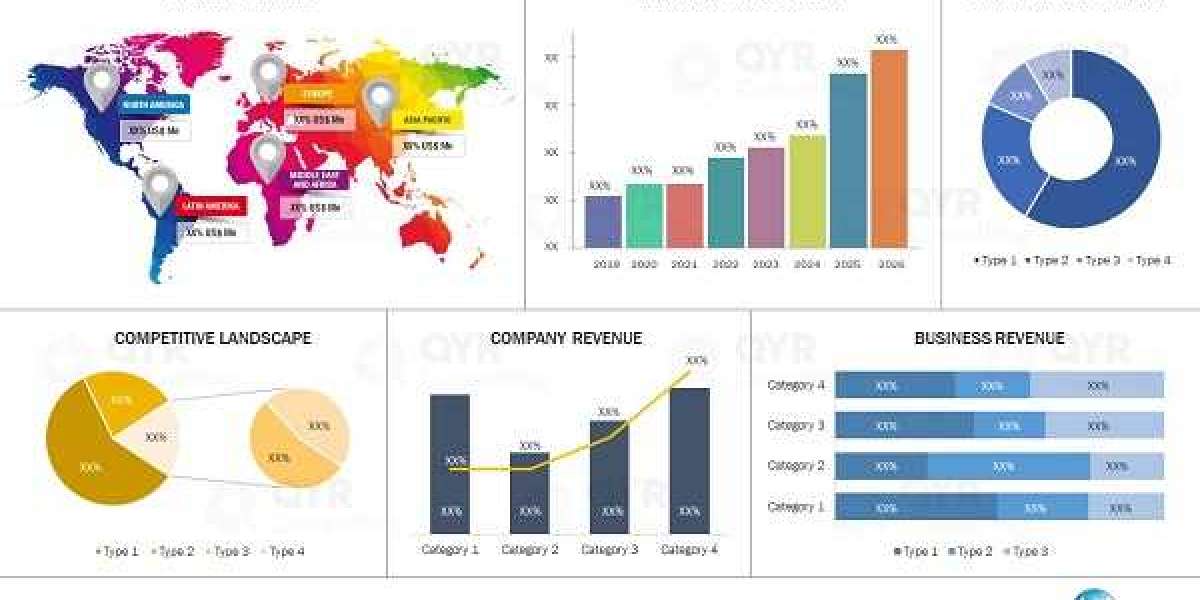If you're ready to take your adult entertainment experience to the next level, it’s time to explore the thrilling world of 3D sex gaming. These games offer much more than just visuals — they provide full control, interaction, and fantasy fulfillment right at your fingertips. With a bolded 3D porn games download, you get instant access to highly detailed characters, immersive environments, and steamy scenes that respond to your every move.
What Are 3D Porn Games?
3D porn games are adult-oriented video games created with high-definition 3D graphics. Unlike passive videos, these games let you actively participate in the scenes, build relationships, and even shape the storyline. With realistic characters and dynamic physics, they allow players to live out fantasies that feel incredibly lifelike.
With a free 3D porn games download, you can step into a virtual world designed for pleasure — all from the comfort of your own space.
Why Choose a 3D Porn Games Download?
Here’s why so many people are turning to these games instead of traditional adult content:
Full Customization – You can design characters exactly the way you like, from their looks to their clothing and even their personalities.
Immersive Storylines – Many of these games feature rich plots and branching dialogues, so your choices really matter.
Interactive Gameplay – Instead of just watching, you control the action, whether it’s through romantic choices, physical scenes, or open-world exploration.
High-Quality Graphics – Modern games boast stunning visuals and animations that rival those of mainstream titles.
With just one 3D porn games download, you unlock a universe of possibilities and endless hours of entertainment.
Top Titles Available for Free Download
There are plenty of great options when it comes to downloading 3D adult games, and some of the top-rated ones even offer free versions. Games like:
3DXChat – A multiplayer adult experience that lets you meet and interact with real people in a virtual space.
Wild Life – A visually jaw-dropping fantasy world with open-ended gameplay and erotic encounters.
Honey Select 2 – Known for its advanced character creation and customizable scenes.
Virt-A-Mate – Great for those who want full creative control to build their own characters, poses, and more.
Each of these can often be found through a secure and safe 3D porn games download from official or community-backed websites.
Get Started Today
No matter your preferences, interests, or fantasies, there's a 3D sex game out there waiting for you. And with so many free and accessible options, there's no reason not to dive in. A simple 3D porn games download can give you access to a world that’s as sexy as it is satisfying.
Just make sure to download from reputable sources to protect your device and get the best experience possible. Once you're set up, you’ll quickly see why these games have taken the adult world by storm.
So go ahead — explore steamy worlds, live your fantasies, and enjoy every moment with a 3D porn games download today.











